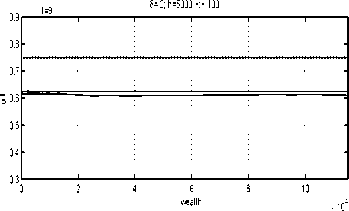
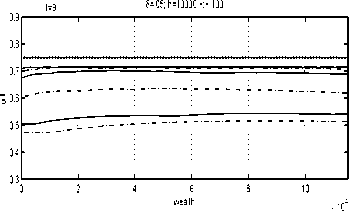
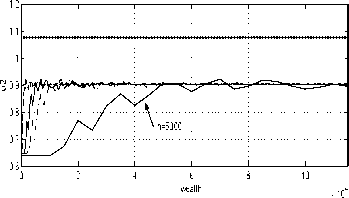
Fig. 9. Approximating strategies for t = 9
(5=.2).
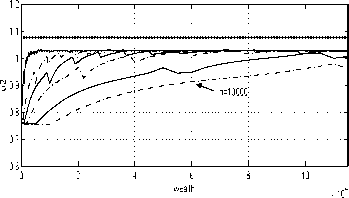
Fig. 11. Approximating strategies for t = 9
(5 = .05).
t=9 δ=.1; h=10000 -:- 100
0.9 I-------------------------------------1-------------------------------------1-------------------------------------1-------------------------------------1-------------------------------------1---------------------------
0.8-...............i.................:.................i................∖................i...........-
0.7 ......:.................
S 0.6-...............i.................:.................i................∖................i...........-
0.5-............... :.................:................:................ -
0.4-...............i.................:.................i................∖................i...........-
0.3∣-------------------------------------i-------------------------------------i-------------------------------------i-------------------------------------i-------------------------------------i---------------------------
0 2 4 6 8 10
wea∣th x 104
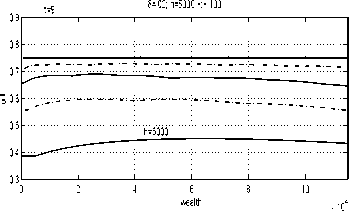

Fig. 10. Approximating strategies for t = 9
(5=.1).
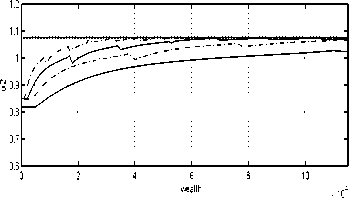
Fig. 12. Approximating strategies for t = 9
(5= .02 “small”).
Indeed, the gap between the optimal strategy and
the approximating strategies for t = O is narrow
for 5 = .2 and closes for 5 = .1 (for reasonably
small h) whereas, for t = 9, it narrows down only
for smaller 5s, see Figures 11 and 12. This is to
be expected because the optimal U2(T) = ∞,
and U2(T) = ∞ (see (32) and (30)), which is
impossible to reproduce numerically.
Figure 13 shows the wealth and strategy reali-
sations for 5 = .05 and h = 100. They look
very similar to the optimal ones in Figure 4. The
simulation of 2000 noise realisations and the appli-
cation of the approximating policy rules computed
for the same parameters (i.e., 5 = .05 and h =
100) resulted in the utility distribution (integrated
with the time simulation step equal to .025) shown
in Figure 14.
The mean discounted utility is J = 715.4 (98.9 %
optimal) and the corresponding standard devia-
tion is 161. However, the portfolio performance
10
More intriguing information
1. Evaluation of the Development Potential of Russian Cities2. Conflict and Uncertainty: A Dynamic Approach
3. Skills, Partnerships and Tenancy in Sri Lankan Rice Farms
4. Towards a Strategy for Improving Agricultural Inputs Markets in Africa
5. The migration of unskilled youth: Is there any wage gain?
6. Public-Private Partnerships in Urban Development in the United States
7. The name is absent
8. Computational Batik Motif Generation Innovation of Traditi onal Heritage by Fracta l Computation
9. Implementation of Rule Based Algorithm for Sandhi-Vicheda Of Compound Hindi Words
10. Tourism in Rural Areas and Regional Development Planning